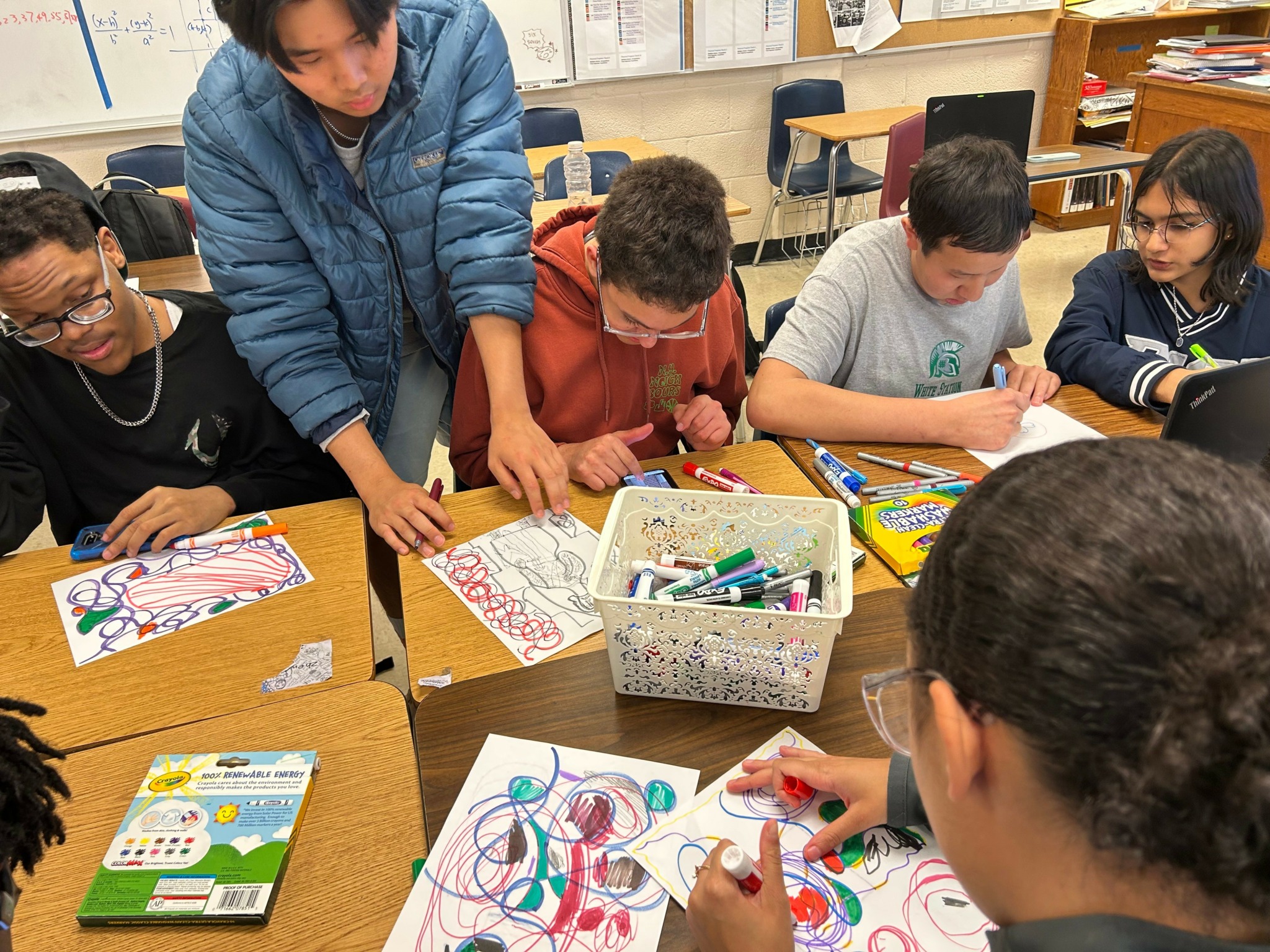We’re excited to introduce you to the always interesting and insightful James Jin. We hope you’ll enjoy our conversation with James below.
James, appreciate you joining us today. Let’s jump right into how you came up with the idea?
My inspiration for Artflow goes all the way back to kindergarten. In class, I was labeled a “troublesome kid” who couldn’t sit still and doodled instead of taking notes. Every week my teachers called my parents complaining about my “disruptive” behavior. For the longest time, I thought something was wrong with me, and I found art as my way of letting all my millions of thoughts and emotions flow onto canvas. After years of denying my neurodivergence due to stigmas in my ethnic community, my parents finally allowed me to get my diagnosis last year. I was diagnosed with severe ADHD. That day I remember looking up people who had ADHD online and came across something amazing. I found that some of the most famous artists in the world (like Pablo Picasso and Leonardo da Vinci) are actually neurodivergent like myself. That’s when it clicked. I wasn’t alone. I wanted to create the community I never had growing up, a space where neurodivergent kids learned to embrace themselves and heal by creating art. I wanted to create Artflow.
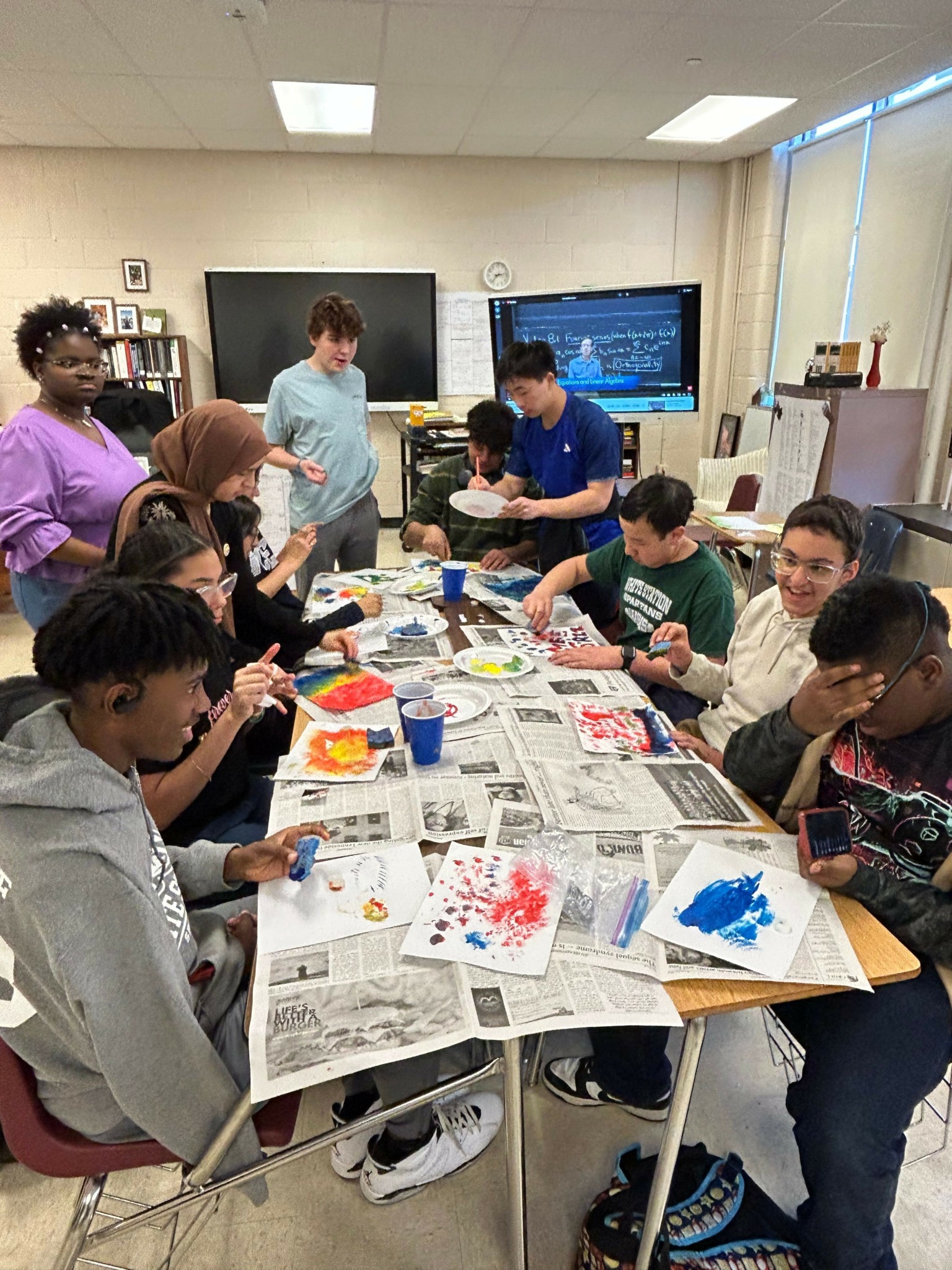
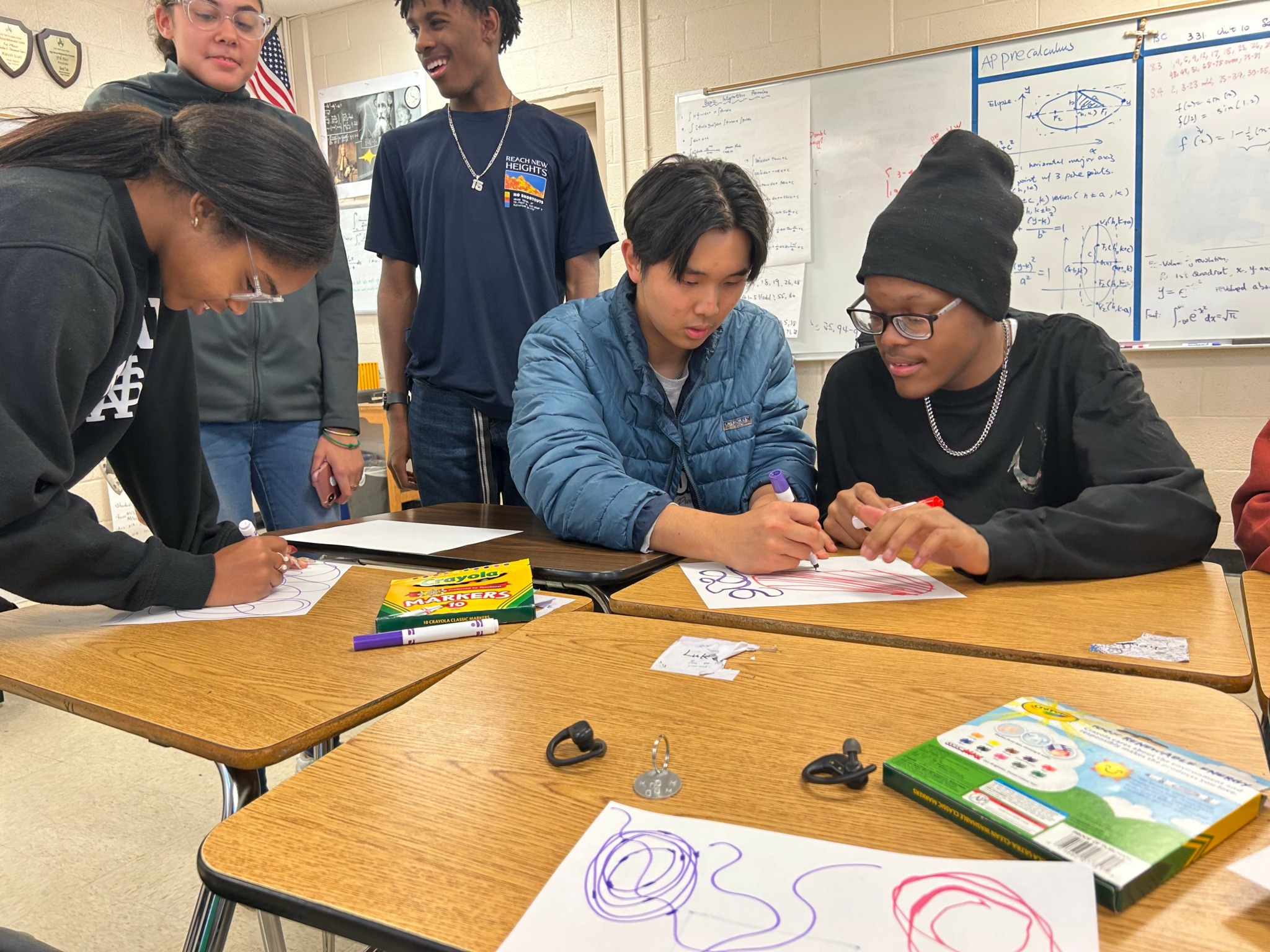
Awesome – so before we get into the rest of our questions, can you briefly introduce yourself to our readers.
I’m the founder of ArtFlow, a non-profit organization based in Memphis, Tennessee that mentors neurodivergent and racial minority children through creative artistic expression. As someone diagnosed with severe ADHD, my path to creating ArtFlow is deeply personal. I remember pitching Artflow to my close friend, who had been diagnosed with autism. As neurodivergent individuals from minority backgrounds, we intimately understood each others’ daily struggles: explaining our accommodations to uncertain immigrant parents, suppressing our stims and cultural “quirks.” Both of us love to draw: it was our escape, and our way of expressing what words could not.
Our Friday afternoons drawing together transformed into creative sanctuaries. Soon his living room transformed into a vibrant hub for 25+ neurodivergent students from diverse racial and socioeconomic backgrounds, each channeling their distinctive perspectives onto paper.
Data from the National Center for Learning Disabilities shows that 20% of U.S. kids face challenges like ADHD or dyslexia. Far too many lack school support, especially those from low-income and minority families, even as global rates of these diagnoses climb. By creating ArtFlow, I aimed to provide a safe space for neurodivergent students to express their creativity.
After a month of preparation, I presented my school administrators with a 10-page proposal: orchestrating structured tri-weekly sessions, forging alliances with the special education department, and implementing a curriculum that championed neurodivergent expression. Upon approval, I immersed himself completely, investing 15 hours weekly orchestrating art sessions. Today, Artflow has impacted 1,500+ students and educators through structured workshops, museum exhibitions, fundraisers, and partnerships with world-renowned artists.
Our greatest achievement has been securing a partnership with the Memphis Shelby County Schools (MSCS) Board. What started in one school is now poised for district-wide implementation across all 214 MSCS schools by next year. We have implemented a strategic administrative-first approach, working directly with principals and passing facilitation to art teachers, which has proven incredibly effective for rapid school onboarding. Our plan includes full implementation across all 48 SCS high schools, distribution of the ArtFlow curriculum to 72 middle schools (particularly supplementing those lacking arts funding), and piloting both after-school and in-class programs in 10-15 elementary schools, with long-term expansion to all 127 elementary campuses. We are also developing digital infrastructure for onboarding, curriculum access, and leadership training to support this massive scaling.
I am delighted that ArtFlow has evolved to become a district-wide initiative that will impact thousands of students. Our partnerships with Contemporary Arts Memphis, Memphis United, and the City of Memphis Youth Services have strengthened our ability to provide quality programming. The Princeton Prize in Race Relations Certificate of Accomplishment I received in 2025 validates our approach and impact.
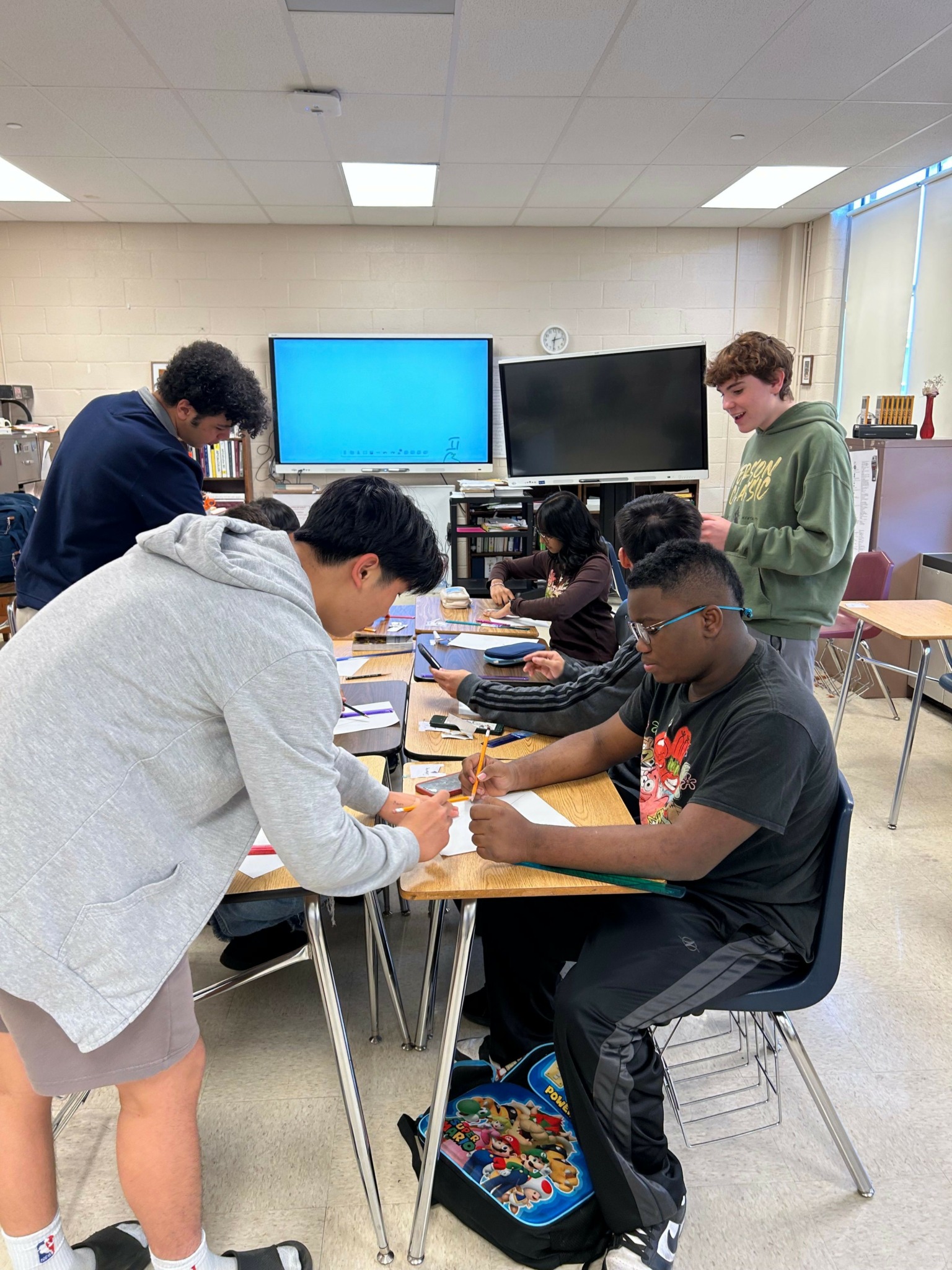
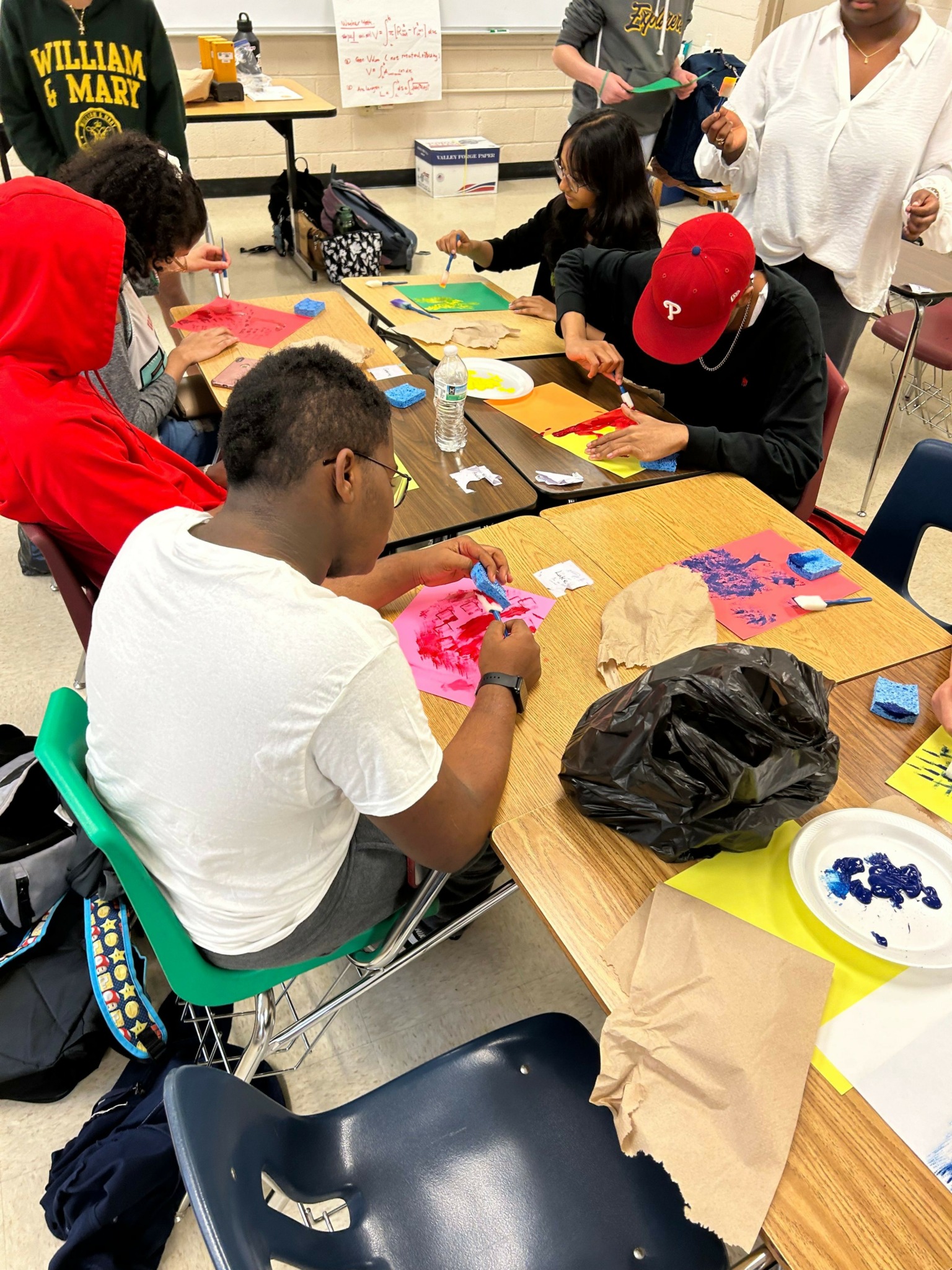
Is there mission driving your creative journey?
What I want people to know about ArtFlow is that we’re more than just an art program; we’re a revolution changing how neurodivergent minority youth are viewed. We aim to show the world that these students aren’t problems to be fixed, but unique individuals with powerful perspectives that deserve to be seen and celebrated. Through our partnership with MSCS, we are demonstrating that this model can be scaled to transform entire school districts.
At its core, ArtFlow aims to be the supportive community I never had growing up: a space where neurodivergent students from diverse racial backgrounds can embrace their unique perspectives rather than hide them. I want every student who joins our program to experience that transformative moment I had when discovering famous neurodivergent artists: the realization that their different way of thinking isn’t a deficit but rather a creative superpower.
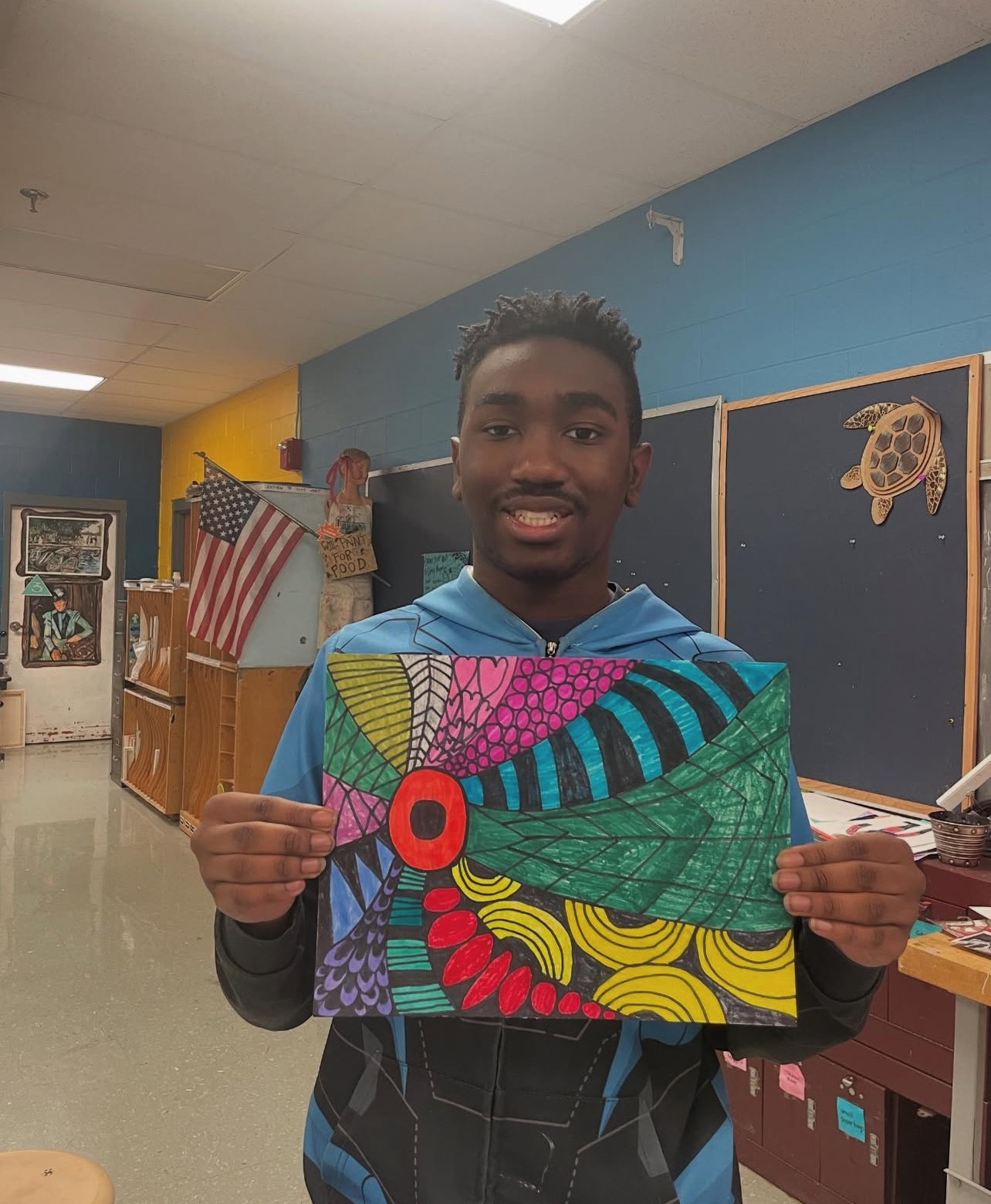
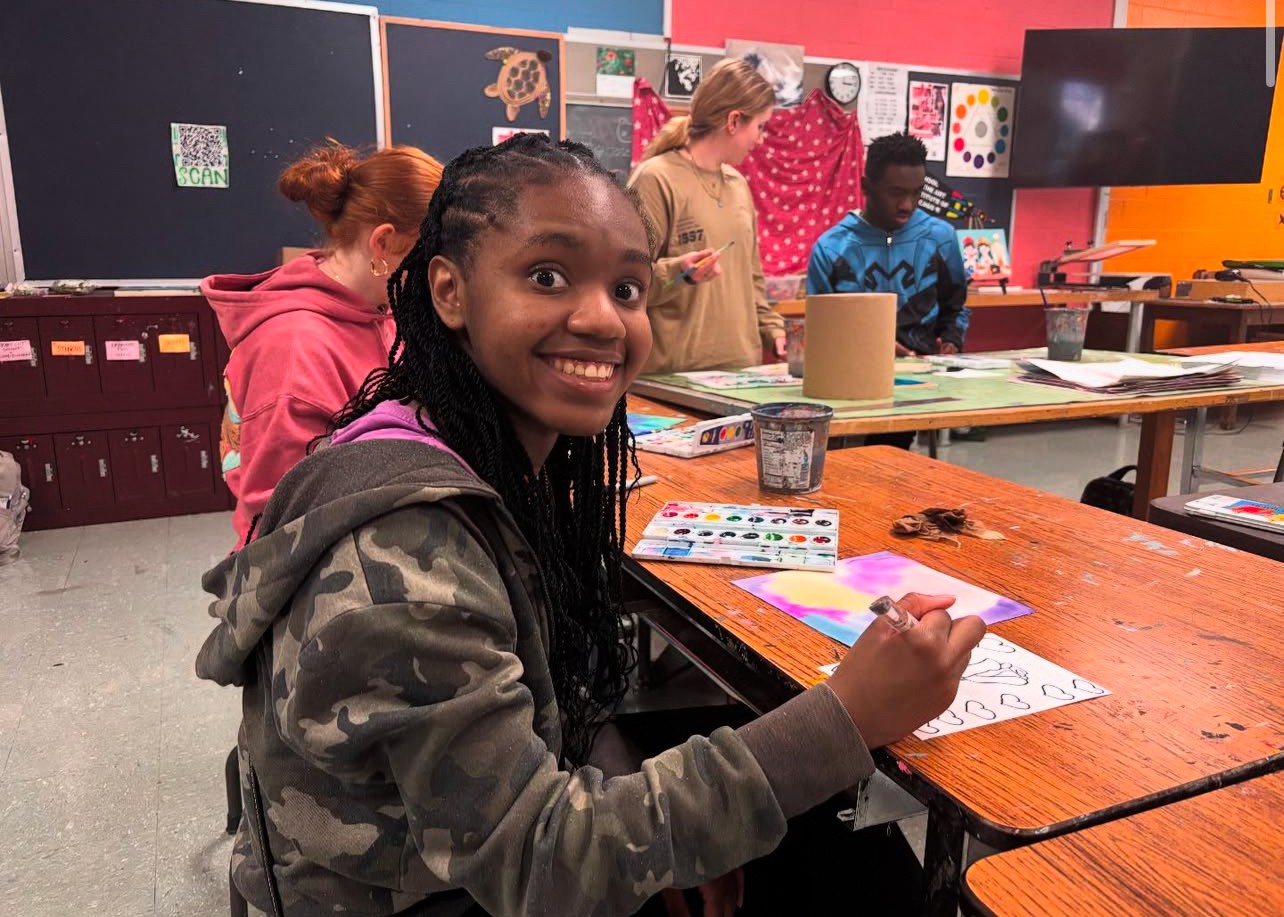
Do you have any insights you can share related to maintaining high team morale?
Managing ArtFlow’s growth from a living room gathering to an organization spanning 10 schools has taught me invaluable lessons about team management and maintaining morale. Here’s my advice based on our experience:
1. Lead with authenticity and personal connection. The strongest foundation for our team has been shared experience and genuine understanding. I’ve found that being open about my own neurodivergence creates a space where team members feel comfortable embracing their authentic selves. For example, when preparing student leaders in other schools, I recognized that their personal experiences with neurodivergence gave them a natural ability to connect with our artists in ways that can’t be taught.
2. Develop student leaders through mentorship. Rather than trying to manage everything myself, I’ve focused on identifying and training student leaders at each of our locations. This approach not only distributes responsibility but also ensures program sustainability. When expanding to new schools, I personally trained these leaders to maintain our core values while adapting to their school’s unique culture. This investment in leadership development has been crucial to our successful scaling.
3. Create clear systems for equity and accountability. One of our biggest challenges was resource distribution across schools with vastly different funding levels. We addressed this by creating an online inventory tracker where student leaders log their supplies weekly, ensuring equal access to materials across all locations. This system has not only improved resource allocation but has also empowered our team members with clear responsibilities and transparency.
4. Celebrate visible achievements. Morale thrives on recognition. Our exhibitions at local museums and galleries like the Brooks Museum and Contemporary Arts Memphis provide opportunities to showcase our artists’ work publicly. These events validate our members’ talents while demonstrating the tangible impact of our collective efforts. Seeing their artwork displayed in prestigious venues has been transformative for our students’ confidence and team spirit.
5. Form strategic partnerships that align with your mission. Our collaborations with Contemporary Arts Memphis, Memphis United, and the Shelby County Schools district have expanded our resources and reach. These partnerships energize our team by connecting them to a larger mission and providing fresh opportunities for growth. Working with professional artists through CAM, for example, has inspired both our student leaders and participants.
6. Address inequities head-on. When I noticed the stark disparity in resources between schools in affluent areas versus those serving predominantly Black and Hispanic students, we didn’t ignore it. Instead, we created a transparent system where 70% of donated supplies went to underserved locations. Tackling these issues openly demonstrated our commitment to our values and built trust across the team.
7. Create spaces for cross-cultural connection. Some of our most powerful team-building moments have come from bringing together students from different schools for joint projects. These collaborations break down barriers and foster community across diverse experiences, keeping everyone connected to our broader mission of inclusivity.
The most important lesson I’ve learned is that maintaining morale isn’t about artificial team-building exercises but about creating meaningful work where everyone feels valued, heard, and connected to a purpose larger than themselves. When team members see the direct impact of their efforts, whether it’s a student receiving their first proper diagnosis or artwork being exhibited in a prestigious museum, motivation naturally follows.
Contact Info:
- Website: https://www.artflowstudio.org/
- Instagram: https://www.instagram.com/artflowusa/
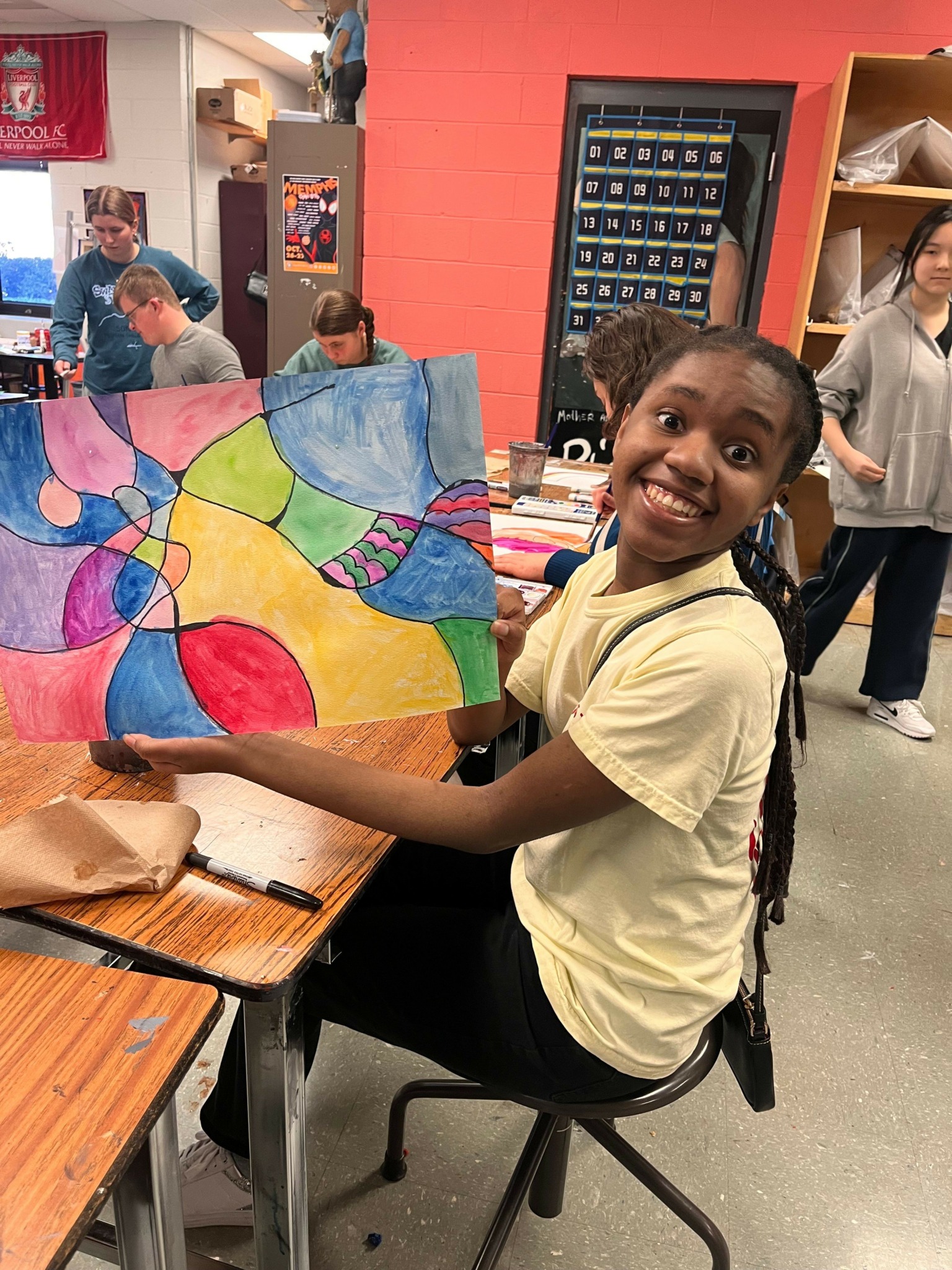
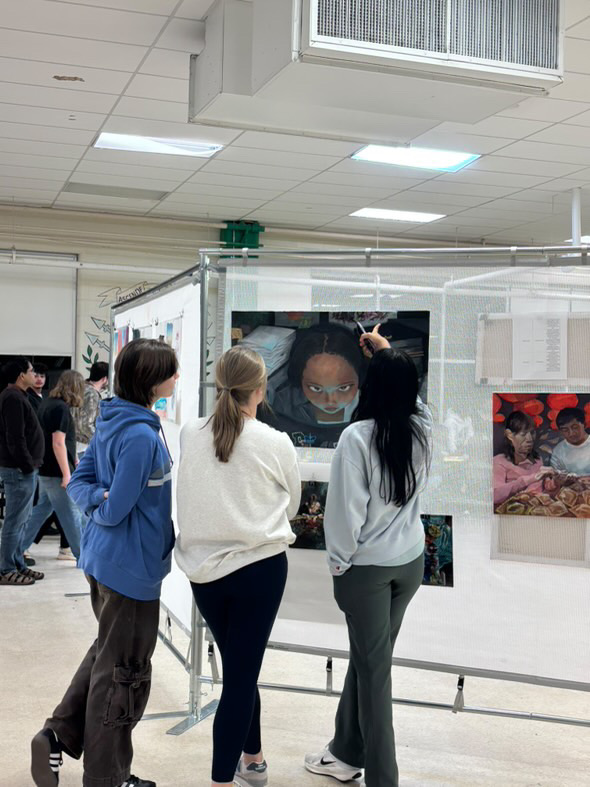
Image Credits
James Jin
Rachel Yan
Edward Stanton


